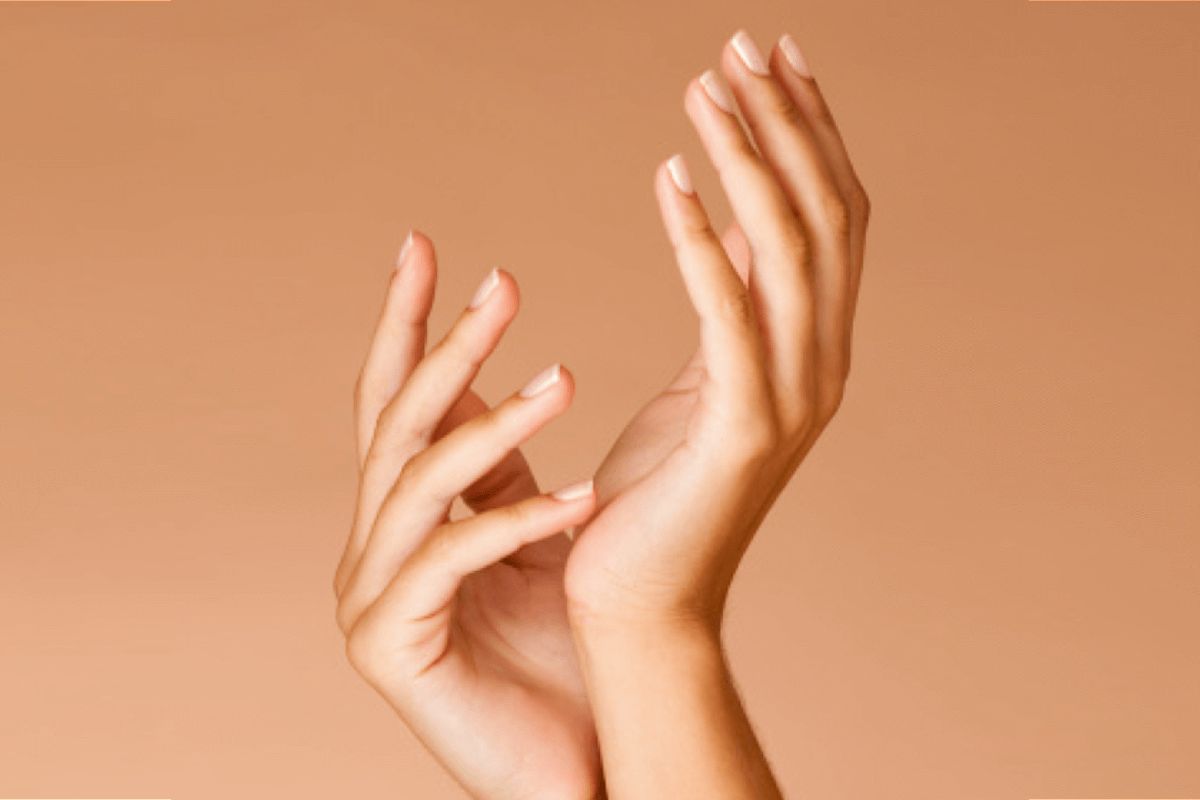Warts are a type of flesh-coloured growth or lesion that appear on the skin. They are thought to be caused by the contagious Human Papilloma Virus (HPV). Seed warts typically grow on the skin surrounding the fingernails, fingers, and on the back portion of the hands. Although seed warts are unsightly and can be difficult to remove, it is important to remember that there are ways to prevent them developing in the first place. Let’s discover some ways that you can avoid seed warts.
Avoid Direct Skin Contact with an Infected Person
Seed warts are believed to be caused by the highly contagious HPV virus. If you would like to learn more about the relationship between seed warts and the HPV virus, warts.org covers this issue in detail. Consequently, wherever possible you should avoid skin to skin contact with an infected person. HPV is highly infectious so to prevent the transfer of this virus, it is crucial that you take appropriate measures to protect yourself. Consequently, if you are sexually active, sexual intercourse with someone who has HPV can increase your risk of developing seed warts. It therefore follows that you should always practice safe sex.
Similarly, the HPV virus can also be spread by shared personal items. At home, ensure that everyone in your household has their own towels, washcloths, razors, nail clippers, gloves, and socks. Additionally, use disinfectant cleaning products in high traffic areas such as kitchens and bathrooms as well as on any stair rails and door handles to avoid the virus spreading any further.
Take Appropriate Measures If You Spot a Seed Wart
If you do identify any initial symptoms of a seed wart, avoid scratching the affected area as this can worsen the condition and cause warts to spread. Where possible, avoid touching other parts of your body with the infected area as this can also lead to warts spreading. Although seed warts can go away on their own, treating them sooner rather than later can be beneficial in preventing further instances.
Seed wart removal can take many forms. Some people use cryotherapy, more commonly known as freezing treatments. This method involves using liquid nitrogen to freeze the wart so that it can then be extracted through excision. There are also a number of home remedies to treat seed warts. For example, duct tape can be used to bandage a seed wart, cutting off exposure to air and sunlight. Other seed wart treatments that can remove these types of growth include laser therapy and the use of chemicals such as Cantharidin.
On the Go Safety
There are also measures you can take while out of the house to reduce your risk of developing seed warts. HPV thrives in warm and moist areas, so when your skin is damp and soft, it is easier to become infected with the virus. In locker rooms, pool areas, and public showers, wear flip-flops or pool shoes to protect your feet. At the gym, wipe down any equipment with a disinfectant spray before and after use. Sweaty skin provides an ideal environment for HPV to thrive which can encourage seed warts.
Do you regularly visit a nail salon? If so, make sure your nail technician uses clean gloves and request that a new pumice stone is used. Likewise, nail files and cuticle sticks should be disposed of after each use. You might also want to consider avoiding shaving your legs before a salon visit. Shaving cuts can break the skin, allowing HPV to enter the wound. Finally, take extra care to wash your hands at regular intervals and avoid visiting unsanitary areas.
Ultimately, preventing seed warts from developing is the best way to avoid any unwanted growths in the future. Seed warts can be stubborn, especially if a person has a weakened immune system, so if you have concerns about a seed wart or you suspect that a growth could require treatment, speak to a doctor or dermatologist for some expert advice.
Warts are one of the many issues our hands have to deal with. For further information, take a look at this essential guide to common hand complaints.
You are reading How to Prevent Seed Warts


